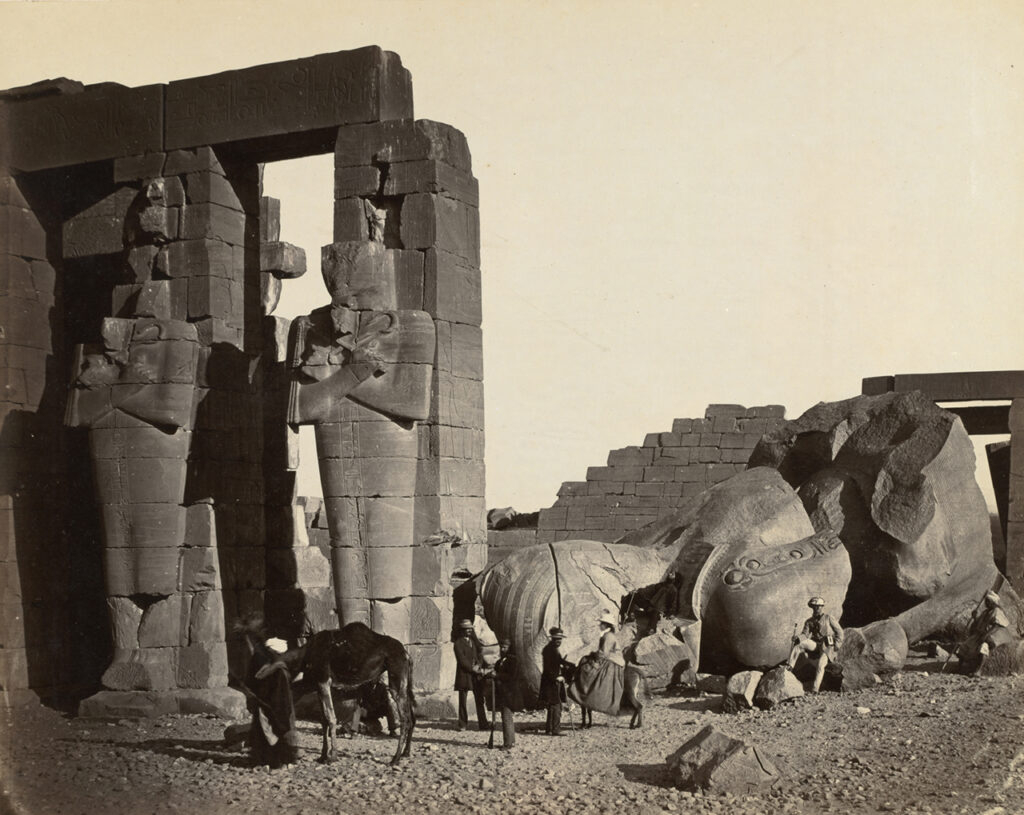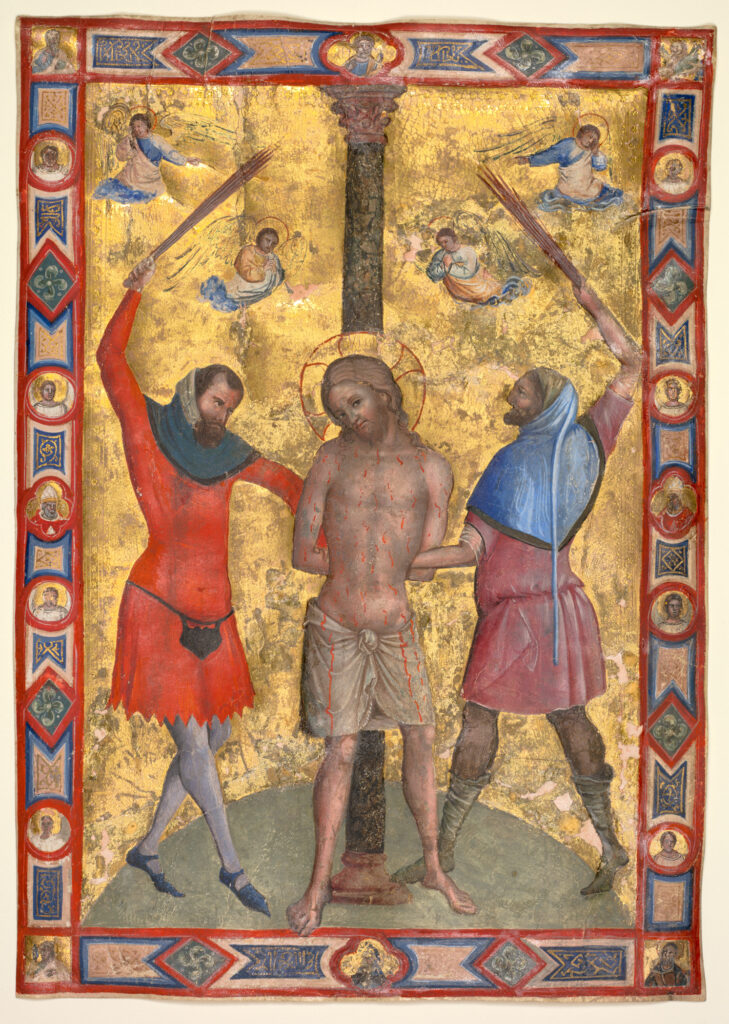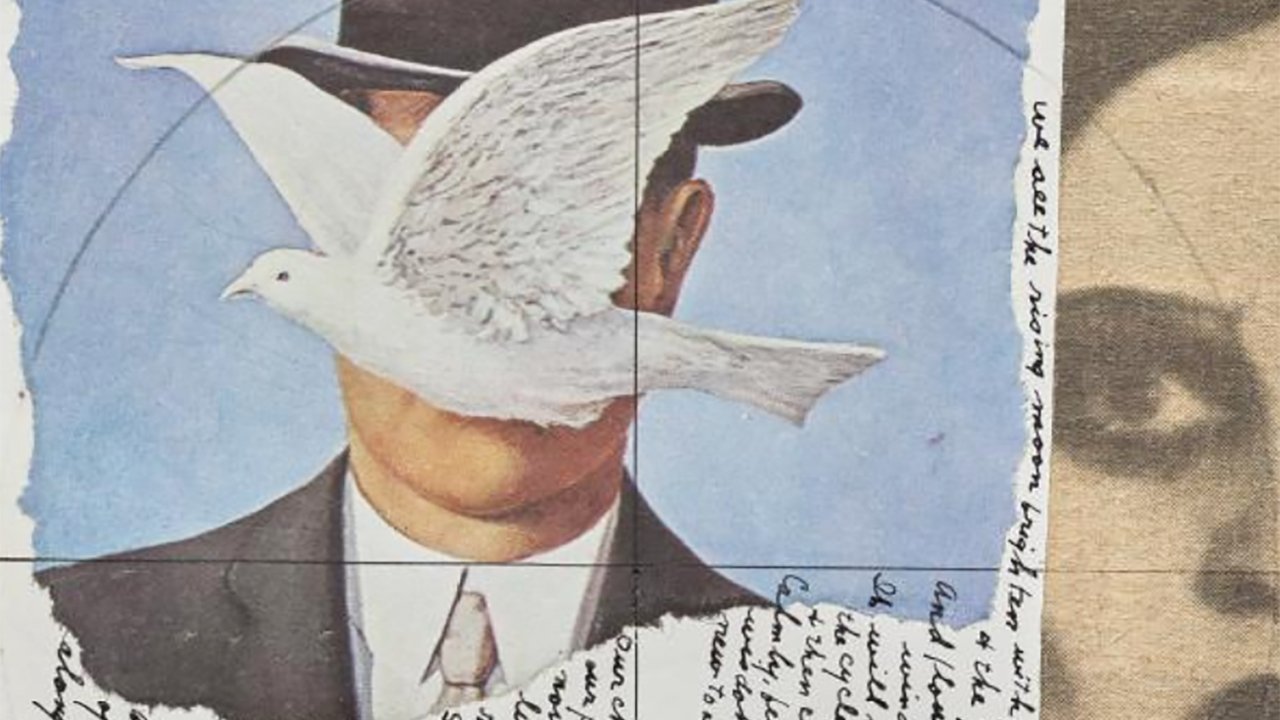“Out with the new, in with the old” might seem an untimely adage for a museum sector currently in the thrall of digital revolution. For the Cleveland Museum of Art, however, revitalizing the role of its vast storage collection is creating opportunity in adversity.
As the museum shuttered in March 2020, it was forced to reimagine its programming amid disruptions to international loans and devised Stories from Storage, an exhibition in which curators present audiences with 20 narratives spanning 3,000 years of global creativity through 300 rarely staged works.
Some stories reflect on the present. Art in the Time of the Black Death considers Christian sculpture, painting, and manuscripts created as the plague ravaged Europe in the late Middle Ages. Open Windows offers artistic depictions from Rembrandt to Magritte of how windows explore mankind’s relationship with the outside world — painfully familiar in the work-from-home era.
Others encourage more wistful thinking. Paper Airplanes conjures the romance of travel through tourist destination photographs including a nineteenth century Parian skyscape (pre-Eiffel Tower), fallen Egyptian statues in Thebes, the world’s largest Buddha (Leshan, China), and the Alaskan wilds as shot by Ansel Adams. This theme of wanderlust is echoed by a selection of European landscape paintings in Nature Transformed.

Rarely seen artifacts like Fallen Statue at the Ramesseum, Thebes, from Egypt, Sinai, and Jerusalem: A Series of Twenty Photographic Views by Francis Frith are woven with new context in the exhibition. Image: The Cleveland Museum of Art, Andrew R. and Martha Holden Jennings Fund, 1992.236.
After decades of widely-sourced, deeply schematic exhibitions, Stories from Storage is something of an anomaly; it isn’t prescriptive, but rather encourages visitors to consider a variety of ideas, materials, and artistic cultures, a pick ‘n’ mix approach to exhibitions, if you will. “Visitors should think of the exhibition as an anthology of short stories,” says Heather Lemonedes Brown, the institution’s Virginia N. and Randall J. Barbato Deputy Director and Chief Curator. “Visitors are welcome to experience all the stories or only those of particular interest to them. Each story focuses on a limited number of works of art and conveys a succinct narrative.”
The exhibition arrives at a moment of renewed scrutiny for museum hoardings which have grown exponentially in the past 50 years as art collectors, driven by prestige, philanthropy, and tax incentives, have donated generously. As pandemic lockdowns deepened, an uncomfortable contradiction arose between the economic plight facing museums, many forced to reduce staff, and their vast stockpiles of priceless art sitting in state-of-the-art storage units. Most followed the long-established code of protecting collections, others, including the Brooklyn Museum and MoMA, took the bold step of deaccessioning works.

A miniature from Mariegola: The Flagellation, a 14th century piece from the workshop of Lorenzo Veneziano, is included in this show of global and historical creativity. Image: Cleveland Museum of Art, Purchase from the J. H. Wade Fund, 1950.374.
Boasting 63,000 works in its permanent collection, Cleveland Museum of Art is constrained by light-sensitive works and spacing restrictions to place less than 10 percent of its collection on view at any given time. And while enthused by the opportunity to engage visitors with “something new entirely,” stewarding objects from storage to display (and back to storage again) requires care.
A typical journey entails an assessment, creating a custom mount, documentation in the photo studio, and, sometimes, a readjustment of its storage location upon deinstallation.
“Organizing an exhibition that focuses only on rarely seen works from storage allows us to continue thinking creatively about how we present our collection,” says Brown, “especially when we consider gallery rotations, reinstallations, and other programming.”
The museum might be taking a new approach to long-stored works, but this programming is very much in line with Cleveland Museum of Art’s digital-first post-lockdown initiatives. In mid-2020, the museum launched Home Is Where the Art Is a digital platform through which it shares behind-the-scenes videos from its conservation department, ways to engage with its Open Access collection, and creative challenges for amateur artists at home.
For Stories from Storage, visitors can explore the exhibition through the museum’s ArtLens App and by watching curator videos that delve into their thinking and research discoveries. In addition, Cleveland Museum of Art is organizing four Desktop Dialogues, a live event that invites Cleveland-area storytellers to discuss a work from the exhibition in conversation with the curator who chose it. Such programs, the museum says, are part of a long-term plan to leverage technology and bring art to people in a manner fitting their needs.
The needs of museums are also changing. With the financial realities of COVID-19 challenging the established model of staging costly blockbuster exhibitions sourced from around the world, Cleveland Museum of Art is showing the value of looking closer to home.



